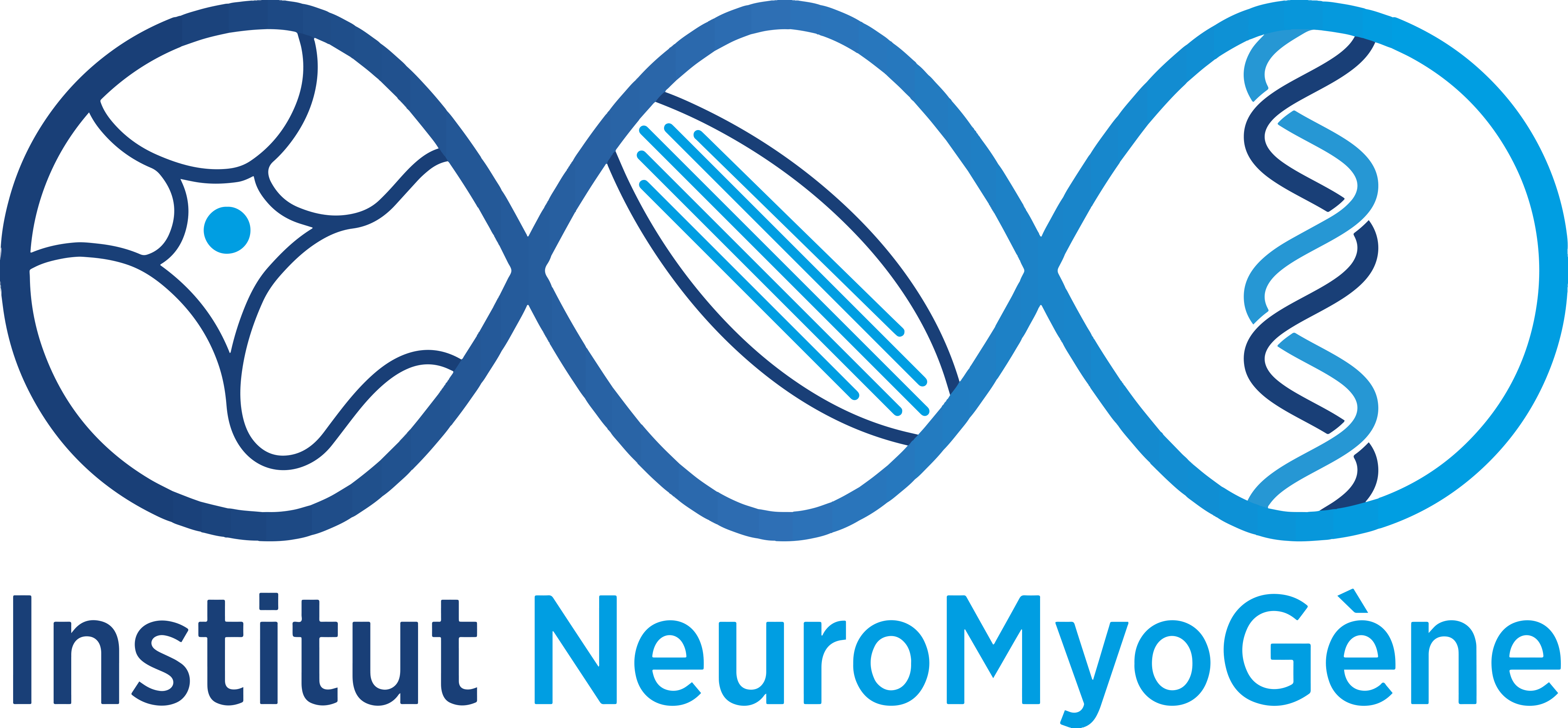We are pleased to welcome Richard ROY from the University McGill in Montréal, on April 30th , invited by Rémi MOUNIER.
He will give a seminar at 11am entitled: “Neuronal exosomes that carry a miRNA cargo instruct germline stem cells to execute quiescence; defining a new chapter in endoc-RNA-ology”
📍The seminar will be in the Amphi 3, 3rd floor.
Abstract
Many stem cell populations defer to quiescent states rather than continuous division, presumably to preserve their genomic integrity over long durations. We use C. elegans as a model to identify and better understand what gene activities are required to impose this quiescence, and how they function in response to both developmental, physiological, and environmental cues. One key regulatory factor is the AMP-activated protein kinase (AMPK), which phosphorylates key targets to ultimately readjust energy resources during periods of stress. Using this model we have uncovered a regulated mechanism of exosome secretion that specifically targets the germ cells, thereby providing a series of pro-quiescent signals that instruct the germline to enter a state of quiescence. These signals comprise, at least, a repertoire of miRNAs that are produced and packaged in the serotonergic neurons that leave the neurons and home to the gonad, where they are internalized and subsequently affect their mRNA targets. I will discuss many of the details of this novel form of neuroendocrinology that is likely to be active in other contexts in C. elegans, and most likely in other organisms.
Majors publications:
- Wong, C., Jurczak, E., and Roy, R. (2024) Neuronal exosomes transport a miRNA/ RISC cargo to preserve germline stem cell integrity during energy stress. Cell Rep. 43: 114851. doi: 10.1016/j.celrep.2024.114851.
- Wong, C., Kadekar, P., Jurczak, E., and Roy, R. (2023) Germline stem cell integrity and quiescence are controlled by an AMPK-dependent neuronal trafficking PLoS Genetics; 19: e1010716. doi: 10.1371/journal.pgen.1010716.
- Sun, B., Sherrin, M. and Roy, R. (2023). Unscheduled epigenetic modifications cause sterility and genome instability through aberrant R-loop formation following starvation. Nucleic Acids Research 51: 84-98.
- Rashid, S., Wong, C., and Roy, R. (2021) Developmental plasticity and the response to nutrient stress in Caenorhabditis elegans. Developmental Biology, S0012-1606(21) 00028-2.
- Schmeisser, S., Li, S., Bouchard, B., Ruiz, M., Des Rosiers, C., Roy, R. (2019) Muscle-specific lipid hydrolysis prolongs lifespan through global lipidomic remodeling. Cell Rep. 29: 4540-4552.
- Kadekar, and Roy, R. (2019) AMPK regulates germline stem cell quiescence and integrity through an endogenous small RNA pathway. PLoS Biology 17: e3000309.
- Demoinet, E., Li, S., and Roy, R. (2017) AMPK blocks starvation-inducible transgenerational defects. Proc Natl Acad Sci 114, e2689-2698 doi: 10.1073/
- Ahmadi, M. and Roy, R. (2016) AMPK acts as a molecular trigger to coordinate glutamatergic signals and resulting adaptive behaviours in response to starvation. 5. pii: e16349. doi: 10.7554/eLife.16349.
- Xie, M. and Roy, R. (2015) The causative gene in Chanarin Dorfman Syndrome regulates lipid droplet homeostasis in elegans. PLoS Genetics 11: e1005284.
- Xie, M. and Roy, R. (2012) Increased levels of hydrogen peroxide induce a HIF-1- dependent modification of lipid metabolism in AMPK compromised elegans dauer larvae. Cell Metabolism 16: 322-335.
- Narbonne, P., Hyenne, V., Li, S., Labbé, J.C., and Roy, R. (2010) Differential requirements for STRAD in LKB1-dependent functions in elegans. Development 137: 661-670.
- Narbonne, , and Roy, R. (2009) Caenorhabditis elegans dauers need LKB1/AMPK to ration lipid reserves and ensure long-term survival. Nature. 457: 210-214.
- Narbonne, P., Roy, R. (2006) Inhibition of germline proliferation during elegans dauer development requires PTEN, LKB1 and AMPK signalling. Development 133: 611-619.

